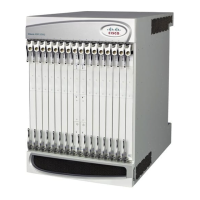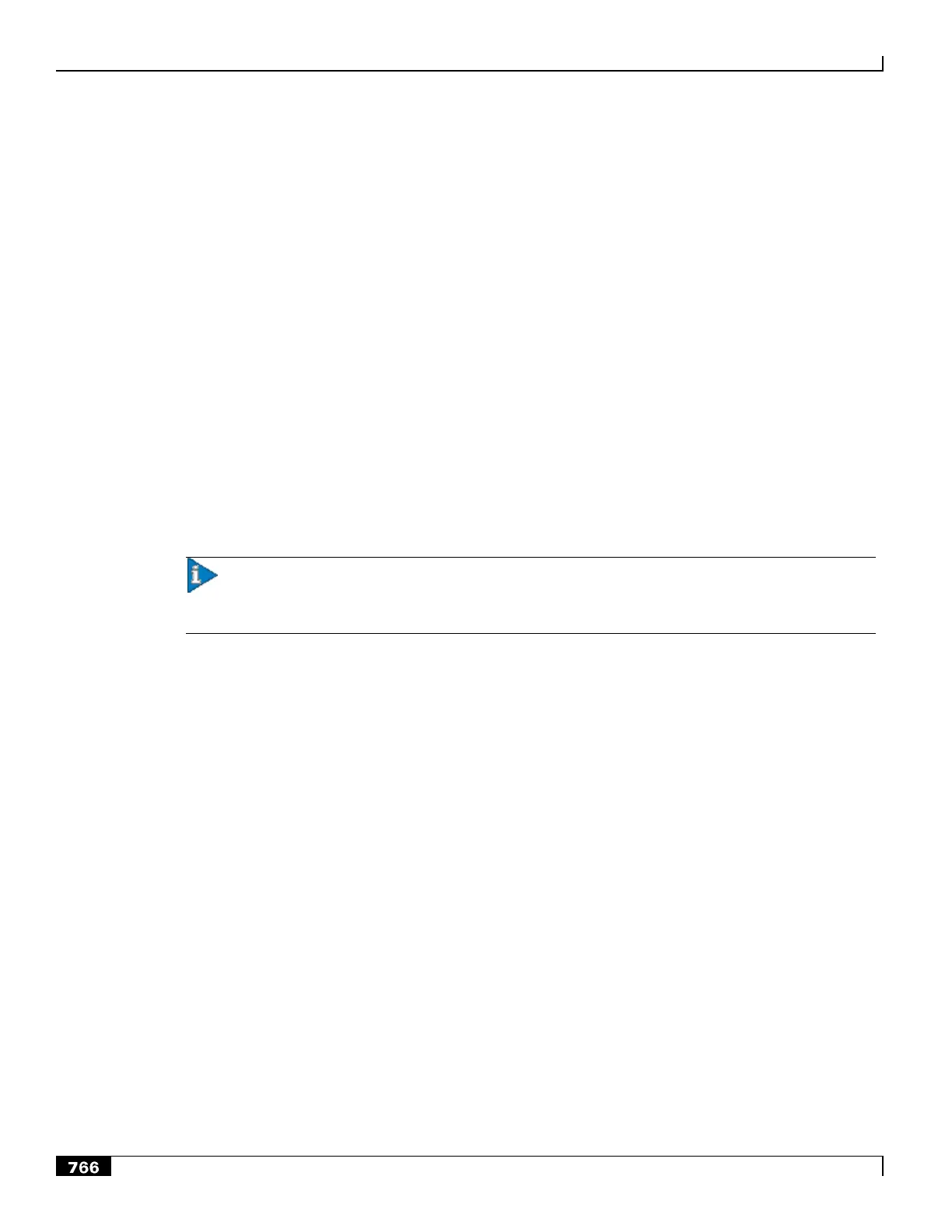Enhanced Charging Service Overview
▀ Credit Control Application (CCA) in ECS
▄ Cisco ASR 5000 Series Product Overview
Step 1 Subscriber session starts.
Step 2 System sends request to CCA for subscriber‘s quota.
Step 3 CCA sends request to Data Warehouse (DW) credit quota for subscriber.
Step 4 Credit Database in DW sends pre-configured amount of usage limit from subscriber‘s quota to CCA. To reduce the
need for multiple requests during subscriber‘s session configured amount of usage limit a major part of available credit
quota for subscriber is set.
Step 5 CCA sends the amount of quota required to fulfill the subscriber‘s initial requirement to the system.
Step 6 When the initial amount of quota runs out, system sends another request to the CCA and the CCA sends another portion
of available credit quota.
Step 7 Subscriber session ends after either quota exhausts for subscriber or subscriber terminates the session.
Step 8 CCA returns unused quota to DW for update to subscribers Credit DB.
Step 9 EDRs and/or UDRs are periodically SFTPd from system memory to the ESS, if deployed or to billing system directly as
they are generated. Or, if configured, pushed to the ESS at user-configurable intervals.
Step 10 The ESS periodically sends records to the billing system or charging reporting and analysis system.
Important: External Storage System (ESS) is an optional and separately licensed feature which can be
used with or without a billing/mediation system. For more information on the ESS, see the External Storage
System section.

